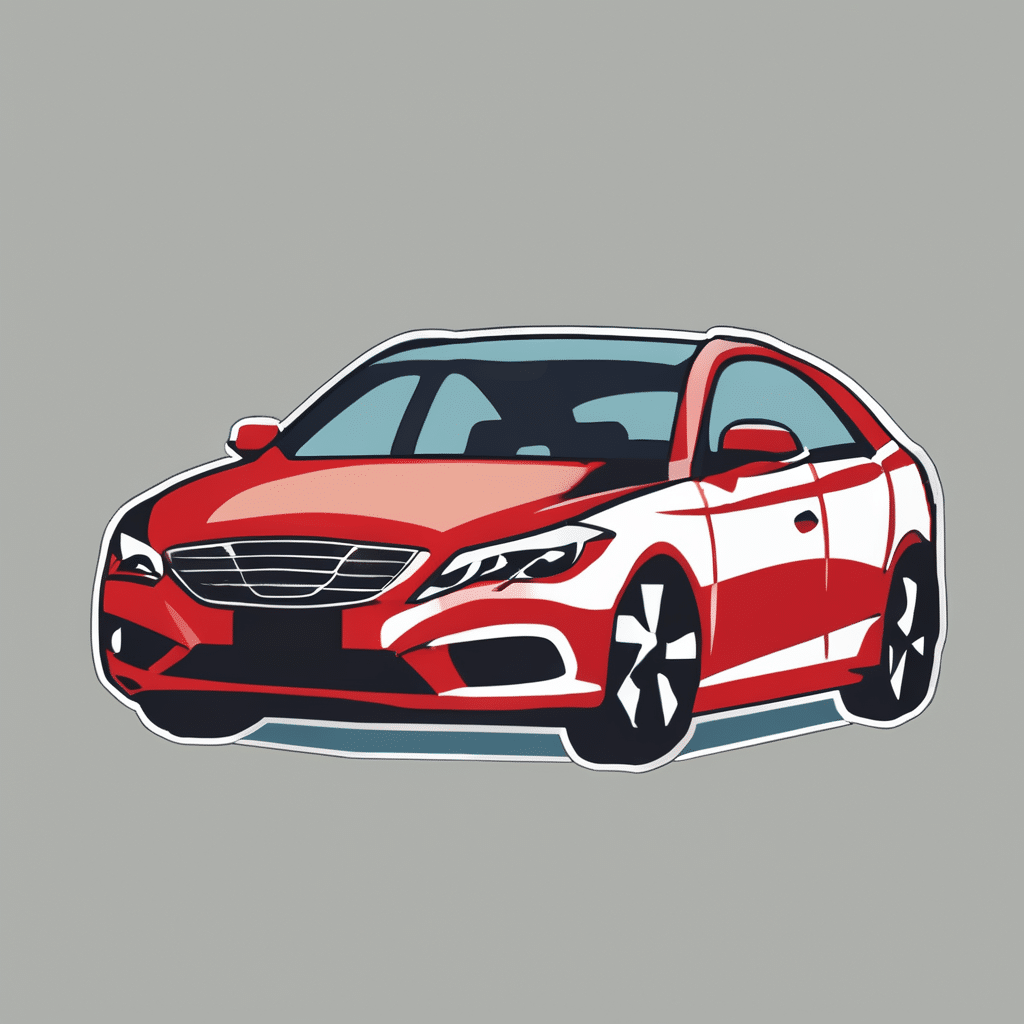Step-by-Step Home Wheel Alignment for UK Motorists
Aligning your wheels at home can seem technical, but following a DIY car alignment guide simplifies the process. Start with essential pre-alignment preparations: ensure your tyres are properly inflated per the manufacturer’s recommendations and that the vehicle is on a flat, level surface. This foundation is critical for accuracy.
Next, safely raise the car using a quality jack, then securely place axle stands or ramps under the vehicle. This is a non-negotiable step in any home wheel alignment checklist to prevent accidents.
Also read : Unlock Peak Efficiency: The Definitive UK Telematics Guide to Fuel Savings for Your Car
Begin by measuring and adjusting the toe angle, which affects how much your wheels point inward or outward. Use a tape measure or string method to check the distances at the front and rear of your wheels. Next, check the camber—the tilt of the wheel when viewed from the front. Adjust by loosening the suspension bolts and moving the strut or control arm. Finally, verify caster angle if adjustable, as it impacts steering stability.
This sequential approach in the UK car alignment guide ensures each parameter is accurately set, improving tyre wear and vehicle handling. Precision during these steps is key, so double-check measurements before tightening any bolts.
Have you seen this : Enhance Protection: Key Strategies for Flawless Integration of Child Car Seats with Your Vehicle’s Safety Systems
Everyday Tools Required for DIY Car Alignment
When preparing for a DIY car alignment at home, having the right tools is crucial. Many UK motorists successfully use common household tools for car maintenance to perform accurate adjustments without expensive equipment.
Essential tools include a sturdy tape measure for toe measurements, a string or fishing line for alignment references, and a spirit level to check camber and caster angles. A good-quality wrench set is necessary for loosening and tightening suspension bolts during adjustments. Additionally, marking tools like chalk or masking tape help identify measurement points.
For those wanting to perform wheel alignment without special equipment, DIY alternatives such as using a flat, hard surface and wheel chocks improve safety and measurement accuracy. Creating a simple rig with sticks or poles can serve as a visual aid in aligning wheels parallelly.
Setting up a dedicated home workspace will enhance precision. Ensure the area is flat and well-lit, with enough space around the vehicle to move freely. This DIY car alignment tools UK approach balances accessibility with reliability, allowing you to master the home wheel alignment checklist effectively.
Understanding UK-Specific Car Alignment Standards
UK motorists performing DIY car alignment must adhere to established UK car alignment standards to ensure safety and compliance. The MOT wheel alignment requirements focus primarily on ensuring wheels are aligned well enough to maintain controlled steering and minimise tyre wear. While the MOT does not mandate exact alignment angles, excessive deviation can lead to test failure.
The DVSA regulations recommend that wheels should neither cause the car to pull to one side nor exhibit uneven tyre wear. When following a UK car alignment guide, alignments should closely match manufacturer specifications found in vehicle handbooks or repair manuals.
Staying within these tolerances ensures your vehicle remains safe on British roads and passes inspection. It’s wise to check alignment periodically, especially after suspension work or impact. While DIY car alignment offers convenience, verifying your adjustments against MOT wheel alignment criteria ensures your home efforts align with legal and safety expectations. This approach protects both your investment and driving confidence.
